Korean Tea Culture Park (한국차문화공원)
2021-01-28
775, Nokcha-ro, Boseong-gun, Jeollanam-do
+82-61-852-0918
Korean Tea Culture Park was established in honor of Boseong's specialties of green tea and music. The park is located next to the famous green tea fields in Boseong, which draw over 3 million visitors ever year. The park is comprised of Korean Tea Museum, Soricheong Performance Hall, and Bungnu Pavilion, and hosts a wide range of performances throughout the year.
Choi Champandaek (House of Choi Champan) (최참판댁)
2021-12-16
66-7, Pyeongsari-gil, Hadong-gun, Gyeongsangnam-do
+82-55-880-2651
The House of Choi Champan is known as the setting of the famous novel "Toji" ("The Land") by noted novelist Park Kyongni. Located in a small folk literature village in Agyang-myeon, Pyeongsa-ri along the Seomjingang River at the foot of Jirisan Mountain, Choi Champandaek consists of fourteen hanok (traditional Korean house) buildings.
Also used as the main set of the drama version of "Toji" (2004), Choi Champandaek gives visitors a look at the life of Korean people in the late Joseon era. The house has not only made its appearance in many films, but is also a valuable cultural asset of Hadong-gun.
The Daecheong Maru (wooden-floored hall) connected to the Sarangchae (men’s quarters in a hanok) offers a wide view of the vast field of Pyeongsa-ri and gives an opportunity to meditate and reflect while appreciating the beautiful surroundings. Located in the vicinity are numerous tourist attractions including the Pyeongsari Literature Center, Hwagae Market, and Ssanggyesa Temple. During fall season every year, Choi Champandaek hosts the Toji Literature Festival.
Yumyeongsan Mountain (유명산)
2018-07-05
Okcheon-myeon, Yangpyeong-gun & Seorak-myeon, Gapyeong-gun, Gyeonggi-do
+82-31-582-8830
Originally, no name was given to this mountain on topographical maps. But in 1973, when the Empor Alpine Club reached the mountain during a hike across the nation, the club members named it after Jin Yu-myeong, a member of the expedition. On old maps, the mountain had been called Mayusan Mountain because of the horses raised in the area, but today it is more widely known as Yumyeongsan Mountain. The trail that starts from Yangpyeong leads to an expansive and open grassland. The hiking trails are also connected to those of Mount Daebusan and Mount Sogunisan. On the summit, there is a pile of stones, and the view from the top is splendid.
Gwanaksan Mountain (관악산)
2023-01-02
Gwanak-ro, Gwanak-gu, Seoul
+82-2-879-6521
Reaching 632.2 meters in x_height, Gwanaksan Mountain is the symbol and pride of Gwanak-gu district in Seoul. Most of the cultural heritage of the district originates from Gwanaksan Mountain. Since it was designated as a city natural park in 1968, it has continued to serve as a favorite place for relaxation and excursion for Seoul citizens. The various rocky peaks and the deep valleys give the mountain a rugged feel. The mountain's size and close proximity to Seoul make it easy for Seoul residents to make a day trip.
In the spring, cherry blossoms are in full bloom near the entrance to the mountain, and a Rhododendron Festival is held when the rhododendrons are in full bloom. At the mountain's summit are Wongaksa Temple and Yeonjuam Hermitage, which were built by Taejo Yi Seong-gye (the founder of the Joseon dynasty) to ward off misfortune when he decided to move the capital to Seoul. There are also other temples and hermitages, and a ground radar observation post. Yeonjudae Hermitage, located atop a cliff, is where all the hiking trails of Gwanaksan Mountain meet.
Pyeongchang Uiyaji Wind Village (평창 의야지 바람마을)
2025-01-10
137, Kkotbadyangji-gil, Pyeongchang-gun, Gangwon-do
+82-33-336-9812
Pyeongchang Uijaji Wind Village is located at the top of Daegwallyeong Pass. The village is a sight to see in winter when covered in snow. Throughout the year, visitors can join in various activities such as making cheese or ice cream.
Ganghwa Armiae World (강화 아르미애월드)
2020-02-29
742-2, Jungang-ro, Ganghwa-gun, Incheon
Ganghwa Armiae World is a theme park with Ganghwa mugwort as its theme. The mugwort of Ganghwado Island is widely known for its great medicinal effects. Armiae means “creating beauty through mugwort.” Armiae World provides its visitors with various opportunities to experience Ganghwa mugwort.
Mugwort Korean Beef Restaurant serves quality beef from cattle fed Ganghwa mugwort. The restaurant features a modern interior with beautiful views of the surrounding area. The Mugwort Experience Hall presents various mugwort-related experience programs such as a spa, foot bath, and sitz bath. The Agricultural Exhibition Hall provides a childrens' interactive experience about the value of farming, and the Onsaemiro Maze Park offers a history trip of Ganghwa greenhouses along the labyrinth. Other facilities include the Pottery Experience Hall, Ganghwa Agricultural Goods Sales Office, outdoor lawn square for events and picnics, and a processing plant for agricultural and indigenous products including mugwort.
Armiae World is located at the foot of Hyeolgusan Mountain, which is well-known for beautiful azalea flowers in the spring. Providing hands-on experiences in farming, Armiae World is emerging as a unique tourist attraction of Ganghwado Island.
Ganghwa Seonwonsa Temple Site (강화 선원사지)
2022-09-19
222, Seonwonsaji-ro, Ganghwa-gun, Incheon
+82-32-933-8234
Ganghwa Seonwonsa Temple Site was first discovered in 1976 during a surface examination around Ganghwado Island undertaken by the Ganghwado Island Academic Research Team of Dongguk University. The site was designated as Historic Site No. 259 in 1977. Seonwonsa Temple was built by General Choi Wu in 1245 (the 32nd year of King Gojong’s reign during the Goryeo dynasty), which was right after the transfer of the capital to Ganghwado during resistance against the Mongolian invasion.
The temple was meant to be a spiritual mainstay in fighting against Mongolia. It used to be one of the two largest temples in Korea along with Songgwangsa Temple. However, the temple was completely destroyed during the early Joseon era, leaving only the site itself. The famous wood blocks of Palman Daejanggyeong (the Tripitaka Koreana), currently housed in Haeinsa Temple at Hapcheon, are said to have been originally stored in Seonwonsa Temple. It is believed that the carved wood blocks were taken from Seonwonsa to Heungcheonsa Temple during the Joseon era and again moved to Haeinsa Temple during the reign of Sejo.
Located on a mountain slope, the presumed location of the building site extends 250 meters from south to north and 170 meters from east to west.
Gwangseongbo Fortress (광성보)
2022-07-25
27, Haeandong-ro 466beon-gil, Ganghwa-gun, Incheon
+82-32-930-7070
Gwangseongbo Fortress’s outer wall from the Goryeo era was mended in 1618. The fortress was built in 1656 and the outpost was constructed in 1679. It was completely remodeled into
a masonry castle with gates in 1745. During Sinmiyangyo (the American invasion in 1871), Gwangseongbo was the fiercest battle ground in Ganghwa. On April 24, 1871, a
fleet with 1,230 American naval forces led by Rear Admiral John Rodgers landed on Ganghwado Island to demand the
opening of Korea's ports and commerce. The armed forces attacked Chojijin Fortress
and Deokjinjin Camp, then marched to Gwangseongbo Fortress, where they engaged in close combat with the warriors of Joseon. Although General Eo Jae-yeon and the other warriors were poorly equipped with far inferior weapons, they bravely fought to the
death against the invading forces.
The battlefield ruins of the fortress and the gate towers such as Anhaeru, Gwangseongdon, Sondolmokdon, and Yongdudon were repaired
in 1977. The twin tombs of General Eo Jae-Yeon and his brother Eo Jae-seon, along with the anonymous tombs of warriors who died on the battlefield were
also honorably arranged at the same time. Furthermore, a stone monument commemorating the restoration of Ganghwa Battlefield was erected on Yongdudondae Post.
In 1988, an extensive rest area was created toward the shore for visitors’ convenience. Gwangseongbo Fortress is presently designated as Historical Relic No. 227. A religious service known as Gwangseongje is held annually to commemorate the patriotic spirits of General Eo Jae-yeon and other unnamed warriors. This service takes place at 11 a.m. on every April 24th of the lunar calendar.
Ganghwa Chojijin Fortress (강화 초지진)
2021-02-10
58, Haeandong-ro, Ganghwa-gun, Incheon
+82-32-930-7072
Chojijin Fortress is believed to have been built in 1655 (6th year of King Hyojong) for the purpose of national defense against coastal attacks from foreign enemies based on articles regarding the construction of Chojijin Fortress. The fortress was the scene of many hard-fought battles including the invasions of America and Japan in the 1870s. The site was then taken by the foreign troops due to the inferior fighting power of the Korean military, and very nearly completely destroyed. In 1876 (13th year of King Gojong), the Japanese warship Unyangho invaded and forced the Joseon Kingdom to open their ports, which later led to the forced signing of the Jana-Korea Treaty of 1876. Only the base of the fortress and the site of the high ground remained until 1973, when restoration work was started. The patriotic spirit of the Joseon dynasty still remains in this historic site.
Yongheunggung Palace (용흥궁)
2022-07-27
16-1, Dongmunan-gil 21beon-gil, Ganghwa-gun, Incheon
+82-32-930-3515
Yongheunggung Palace is where King Cheoljong (r. 1849-1863) used to live before his ascension to throne. The chief of Ganghwa County, Jeong Gi-se, enlarged the original residence and named it Yongheunggung (meaning palace of the rising dragon) in the 4th year of King Cheoljong’s reign. Its architectural features include a paljak (traditional Korean half-hipped roof) and supporting columns rendered in Jusimpo style, the column brackets placed only on top of the columns. The palace was built in the tradition of dwelling houses such as the Yeongyeongdang and Nakseonjae houses in Changdeokgung Palace, so the palace buildings give off a simple and plain atmosphere. Within the precincts of the palace are a memorial stone and a monument house indicating that the palace used to be the old home of King Cheoljong.
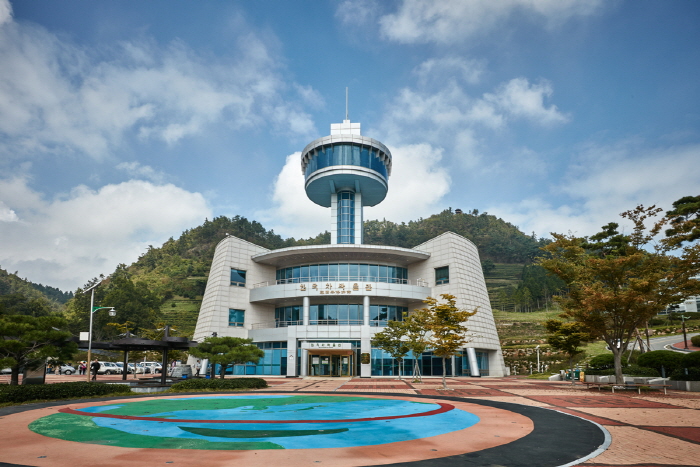
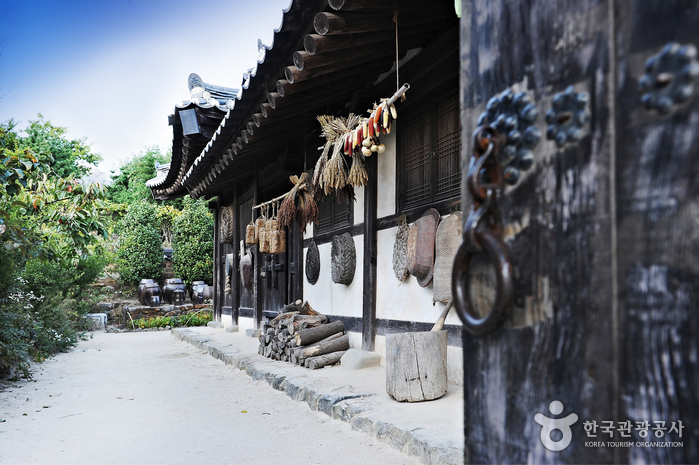
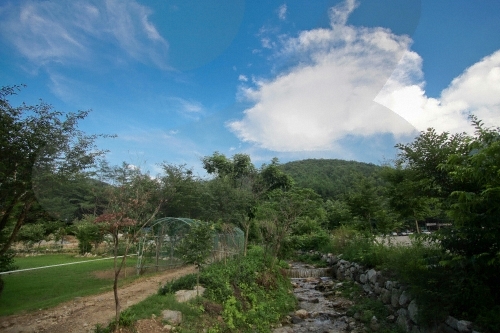
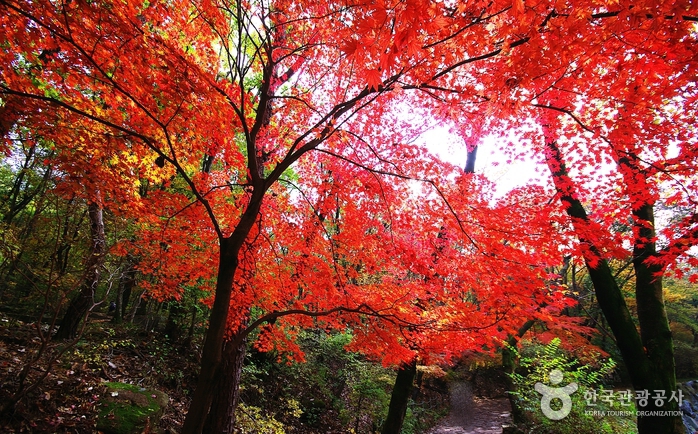

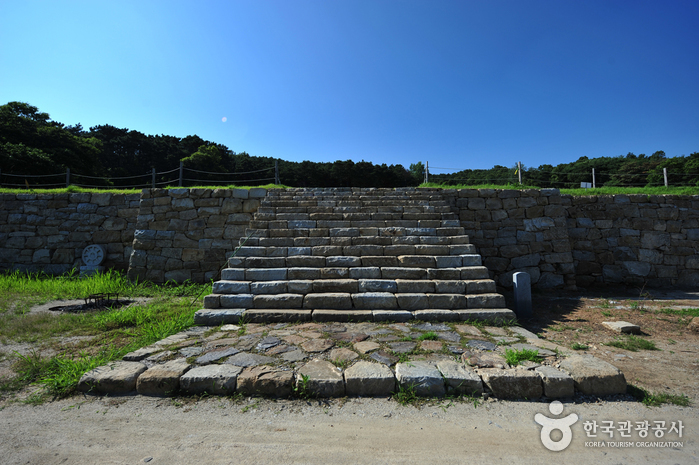
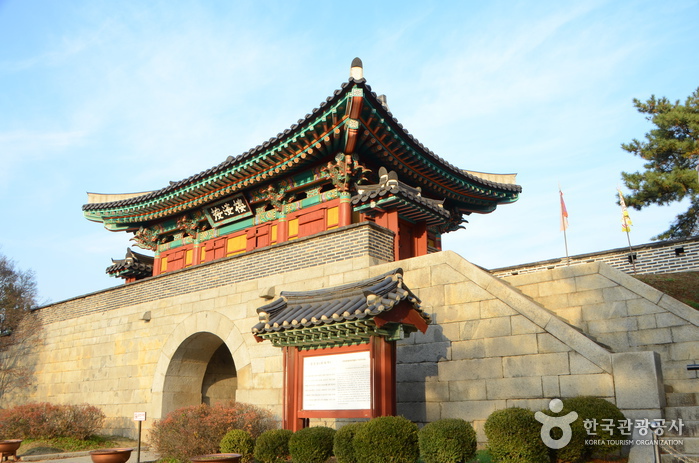
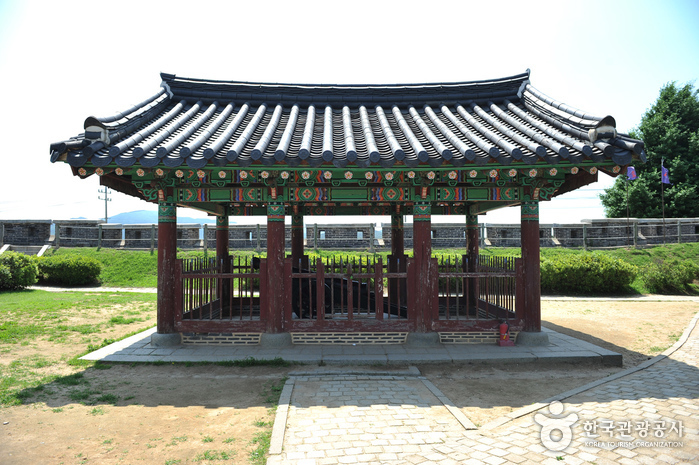
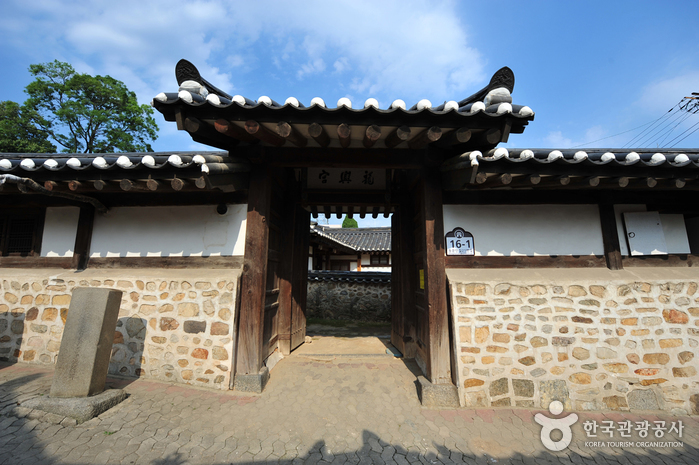
 English
English
 한국어
한국어 日本語
日本語 中文(简体)
中文(简体) Deutsch
Deutsch Français
Français Español
Español Русский
Русский